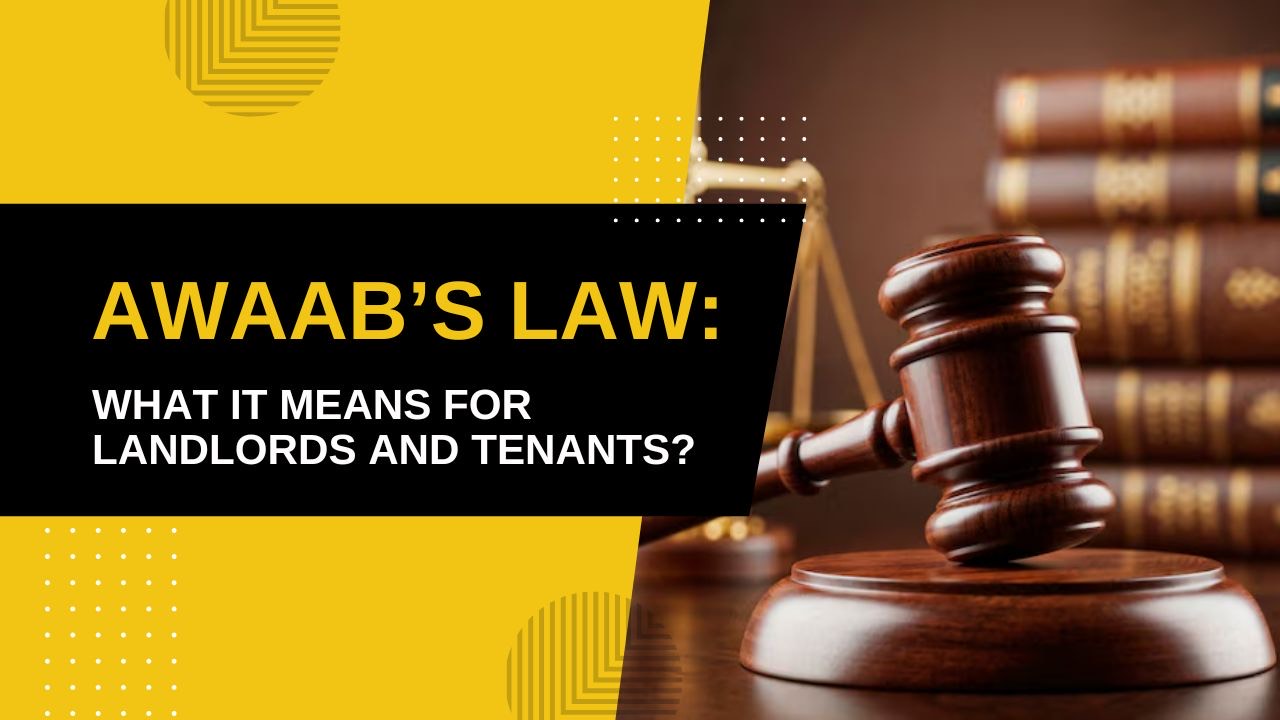Awaab Law mean for landlords

What is Awaabs law and impect on the landlord
Awaab’s Law Comes into Force: What It Means for Landlords and Tenants
Introduction
From today, Awaab’s Law officially comes into effect; a major change in housing legislation designed to improve living standards across England. The law, named after two-year-old Awaab Ishak who tragically died from mould exposure, sets out new legal duties for landlords to fix serious hazards quickly. While it currently applies to social landlords, it will soon extend to private landlords, making it essential for everyone in the housing sector to understand their rights and responsibilities.
What Is Awaab’s Law?
Awaab’s Law requires landlords to investigate and repair “significant” and “emergency” hazards within strict timeframes.
- Significant hazards include serious damp and mould issues
- Emergency hazards are those that pose an immediate threat to health or safety
These new rules mean landlords must act quickly to keep tenants safe; starting now in the social housing sector, and soon in the private rented sector.
Concerns Raised by the Chartered Institute of Environmental Health (CIEH)
The Chartered Institute of Environmental Health (CIEH) has welcomed the law’s intent but raised concerns about its enforcement. The organisation warns that tenants may need to take legal action themselves if landlords fail to comply, something that can be challenging, especially for vulnerable tenants already affected by poor housing conditions.
Lack of Clarity and Training Requirements
CIEH also points to uncertainty over what exactly counts as a “significant” or “emergency” hazard, and who is qualified to carry out inspections.
The law does not require investigators to be trained in the Housing Health and Safety Rating System (HHSRS), the framework used by local authorities to assess risks. Without clear definitions and training standards, CIEH warns there could be confusion, delays, and disputes that weaken the law’s impact.
What This Means for Landlords
Although Awaab’s Law currently applies to social landlords, private landlords should act now to prepare for when the law expands.
Key steps landlords should take
- Review and strengthen repair procedures to ensure quick responses to damp, mould, and other hazards
- Document all maintenance activity and tenant communications
- Schedule regular property inspections to prevent hazards from worsening
- Keep informed about government guidance and compliance timeframes
Proactive landlords will not only stay compliant but also protect their investment and reputation while providing safer homes for tenants.
What Tenants Should Know
For tenants, Awaab’s Law strengthens your rights to live in a safe and healthy home. If you experience problems such as damp, mould, or other serious hazards, you should
- Report the issue in writing to your landlord immediately
- Keep records of all correspondence, including photos and dates
- Contact your local authority if your landlord doesn’t act within the required timeframe
You have a legal right to live in a property free from health risks, and Awaab’s Law helps ensure that right is protected.
A Step Forward for Better Homes
Awaab’s Law is a major milestone for housing standards in England. It reinforces that safe, healthy housing is a basic right, not a privilege.
For landlords, this is a reminder of their legal responsibility to maintain properties properly. For tenants, it’s an important new safeguard against unsafe living conditions. Together, it’s a move toward a fairer, healthier housing system for everyone.
Landlord Letting services from just £39
Please sspeak to Puja Mehra if you need more information about Awaab's Law.
- Author Name:
- Puja Mehra
 0203 5000 999
0203 5000 999 

0 Comments
No Comments